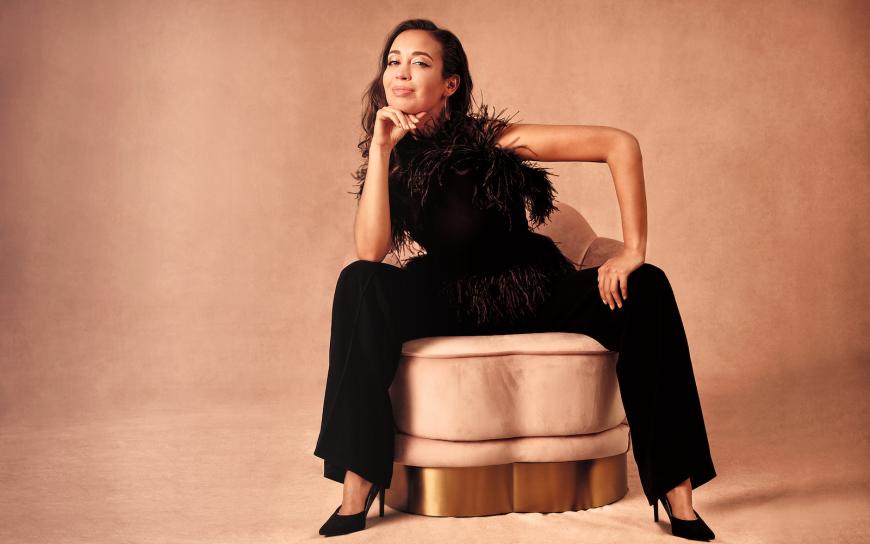
Soprano Nadine Sierra, one of several recent Merola Program/Adler Fellow alums to make it big at the Met and on other world stages, recently released her second, highly anticipated Deutsche Grammophon recital, Made for Opera. Filled with coloratura calling-card excerpts from La traviata, Lucia di Lammermoor, and Roméo et Juliette, the recital confirms Sierra’s star status, solid technique, and uncommon freedom on high.
By recording well-known repertory, Sierra has taken a major risk. In the minds of confirmed opera lovers, Verdi’s Traviata remains as indelibly associated with the live and commercial recordings of Maria Callas as is Donizetti’s Lucia with those of Callas, Joan Sutherland, and Beverly Sills. Only with Gounod’s Roméo et Juliette is Sierra freed from direct comparison with any of those powerhouses.
From the start of Violetta’s big Act I aria, “È strano! È strano! ... Sempre libera” (How strange it is … Always free) from La traviata, Sierra confirms that she possesses a very beautiful voice deployed with conviction. She has also achieved phenomenal breath control that, especially in Lucia’s Act I cavatina and Act III mad scene, allows her to stitch long, customarily detached phrases into one unbroken thread of sound. She’s quite astounding in this respect.
Except in Violetta’s big scene, where the voice sometimes displays a slight beat in the top octave, Sierra sounds rock solid. She is also free enough on top to insert any number of high-flying embellishments, most prominently in Lucia’s “mad scene,” where both she and the flute duet in extended, rather wayward interpolated passages that fail to forward the musical and dramatic argument. As pure vocal displays, these extended flights of fancy are supremely impressive. But in such indulgences, Sierra uses coloratura more to display technical mastery than to express deep emotion.
She, of course, is hardly alone in this regard. You need only audition recordings from everyone from early 20th-century coloraturas Luisa Tetrazzini and Maria Galvany to mid-century’s Mado Robin to find examples of great singers who valued technique over emotion. But if you compare Sierra’s flights to the way Sills phrased coloratura to heighten Lucia’s madness, her dramatic limitations, at least at this stage of her career, are apparent.
To take this a step further, Sierra tends to generalize emotion. As sincere as she may sound, she does not possess the suffering inherent in the voices of Callas, Sills, and a host of fabled European divas who include, to name but a few, Caballé, Olivero, and Muzio. When all is said and done, Sierra sings as though suffering.
There’s one other glaring weakness: the inability to swell in high register. Her high E-flats are unquestionably beautiful—they’re held far longer than Sutherland’s—but they’re half buried under the requisite final orchestral swells. She may be far from alone in this regard—many a lyric coloratura soprano has lacked blazingly brilliant E-flats in alt—but she may ultimately find herself best served by sticking to lighter French lyric coloratura repertory than heavier Italian fare.
Which leads to the final two selections on the recital, both from Gounod’s Romèo et Juliette. In these excerpts—Juliette’s “Je veux vivre,” aka “Juliette's Waltz,” and the thrilling Act IV scène et air, “Dieu! Quel frisson court dans mes veines? / Amour, ranime mon courage (God ! What a faint cold fear runs through my veins! / Love, restore my courage) — we find Sierra in her element. The former aria, a song of joy, well suits her personality; the latter scene, which clearly speaks to her on deep levels, inspires a genuinely moving outpouring of emotion and conviction. This is wonderful singing. Might a full recording or, at the least, a video of Sierra in a production that does not strain credulity, be in the cards? I certainly hope so.




